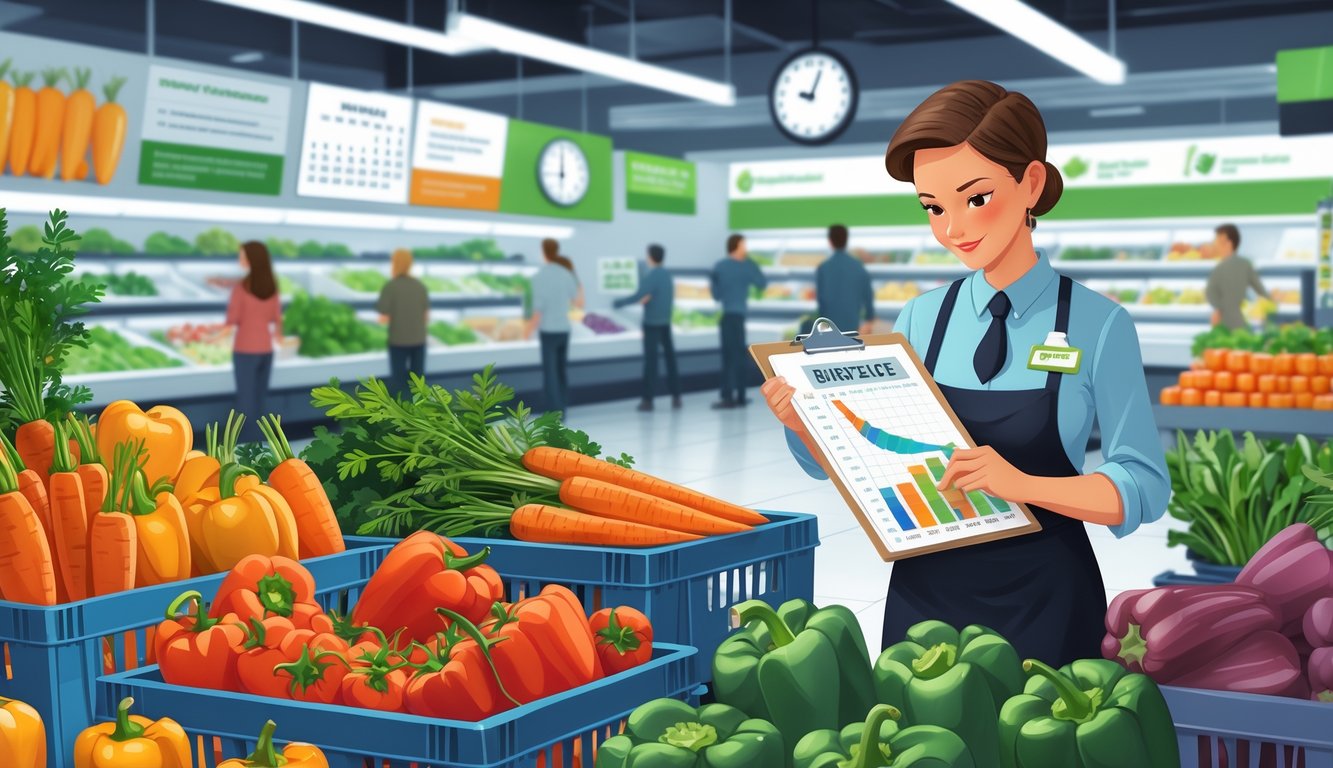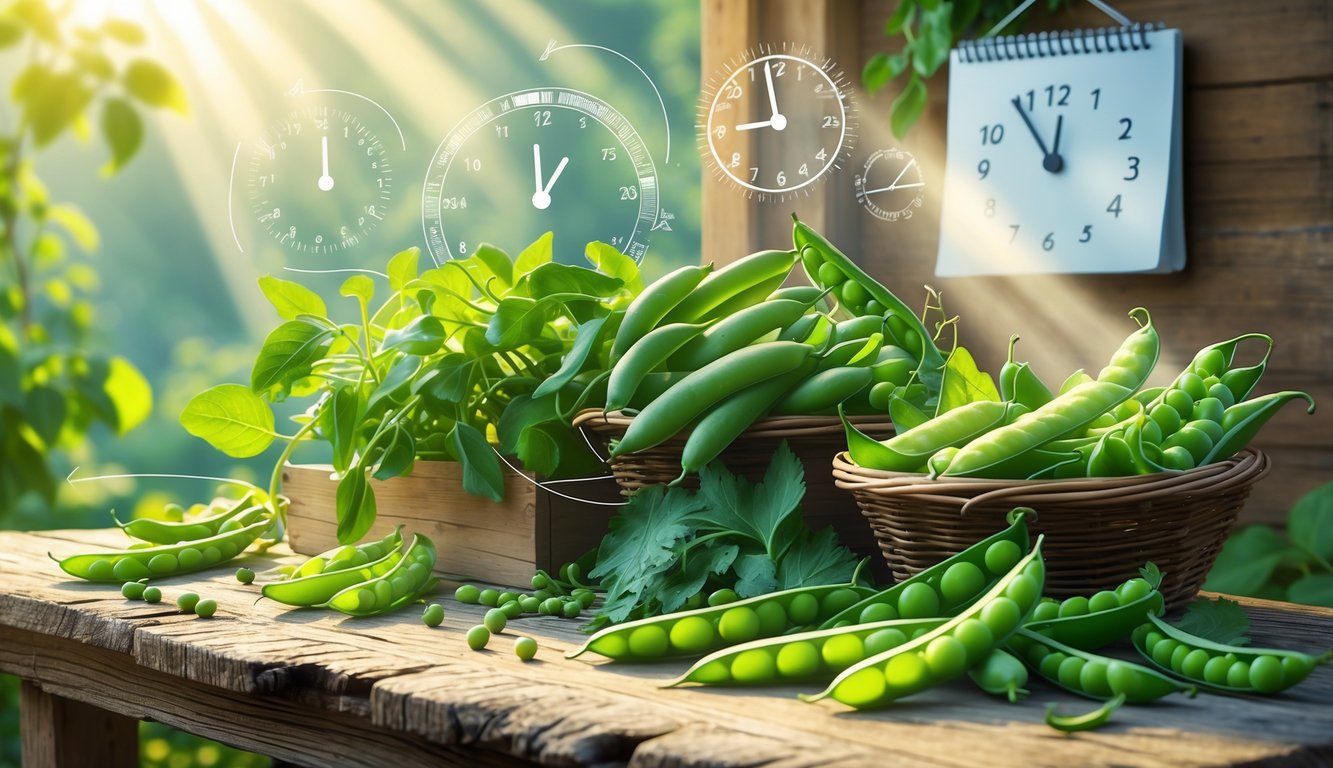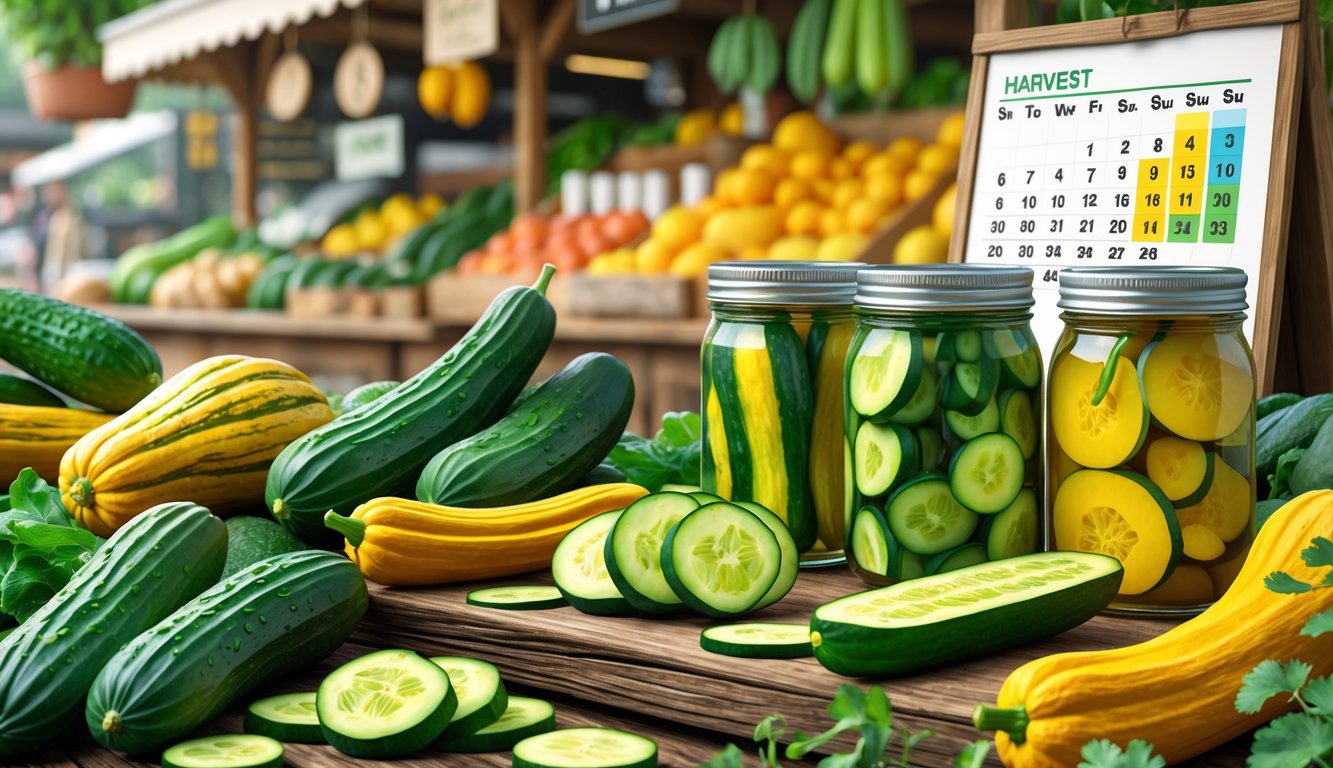
Timing Tricks for Green Veggies: Beans, Peas, and Beyond

I wish someone at the store would just blurt out—don’t trust the shelf date for any snap bean, ever. Harvesting at the wrong time ruins everything. Sweetness, snap, color—it’s gone, and you can’t get it back. Grocery mysteries aside, real harvest timing is a mess. I still don’t get why grocers never talk about it.
Green Beans and Snap Beans
I picked green beans late once, thinking bigger was better. Wrong. They got tough and stringy. At a demo field at UC Davis, they kept repeating: pick when they’re just past pencil-thick and snap when bent. Anything else? Meh. Sometimes the ends curve if it’s cold—doesn’t mean they’re old, but apparently shoppers avoid curved ones anyway. Bush beans and pole beans are totally different. Bush beans get stringy fast, pole beans let you harvest over days. I plant in intervals now—every two weeks for continuous harvests. The only real way to know if they’re ready? Snap and bite. If it cracks, you win. Forget what the bag says.
Harvesting Peas for Sweetness
Peas go from amazing to bland mush in days. Shell, snap, snow—it doesn’t matter. One hot afternoon and the sugars vanish. I read a succession planting chart that said harvest every other day when pods are plump but not swollen. Never heard that from a grocer. My grandma said if you see the peas’ shadow inside a snow pod, it’s too late. Her neighbor disagreed. Who’s right? No idea. For snap peas, I just bite into a raw one before picking the rest. Snow peas go floppy if you wait even a day too long. I did a blind taste test from three stores—my day-old homegrown peas won every time, but I still miss a few hiding on the vines. It’s not always about glossy pods. Sometimes the smaller, firm, kind of dull snow peas taste better. None of the produce managers at my store could explain timing. “Check for fullness,” they say. Thanks, super helpful. The Old Farmer’s Almanac says pick in the cool morning for extra crunch. You ever hear that at checkout? Didn’t think so.
Cucumbers and Squash: Pickling, Slicing, and Optimal Harvest Windows

Who actually believes those “best by” dates or the “perfect ripeness” signs in the produce aisle? I tried to track every myth—walked the rows, counted the scratchy leaves left on the shelves after midnight, found the ugly truths under all that shiny skin.
Timing for Crisp Cucumbers and Zucchinis
Sticking my hands under prickly leaves for cucumbers, I always feel like someone’s playing a joke on me. Should I just Google it? Never helps. Most grocers won’t admit this: if you want crunchy pickling cucumbers, grab them at 2–4 inches. Ignore the big shiny ones. Did you know pickling varieties are bred to be smaller? I didn’t. Slicing types—English, Marketmore, whatever—pick at 6–8 inches, before the ends balloon and the skin gets waxy.
Store folks claim size is “personal preference.” Nope. Bigger cukes turn bitter, seeds swell, texture flops, and it’s not your salad’s fault. Zucchinis do the same trick—pick at 6–7 inches, glossy, barely denting under your thumb, not when you could use them as baseball bats. You can’t really explain the taste difference until you mess it up yourself. And do store buyers even check for color or texture? I saw a batch last July with yellowing tips—clearly overripe, probably sat around too long. Wildly inconsistent.
Mastering Summer and Winter Squash
Scallop squash, that weird flying saucer shape—why do they always start out tiny and adorable, then you look away for a minute and suddenly they’re heavy as bricks? I poke at the skin, hoping it’ll give, but nope, not happening. Not salad material anymore. Why don’t markets ever just slap a big, obvious chart on the bin? No idea. Summer squash—zucchini, crookneck, whatever—grab them when they’re slim, like, under eight inches, and if you can toss it one-handed, you’re good. People say bigger squash are sweeter. Who are these people? Have they ever actually eaten the seeds? Doubtful.
Winter squash, though, is a whole other headache. You’re supposed to wait until the rind gets so tough your thumbnail can’t dent it and the stem’s all shriveled and brown. No shortcuts. But walk into any market and you’ll find butternut squash with green streaks because someone wanted a longer shelf life. Johnny’s Selected Seeds (yeah, the experts) say you should cure them for an extra week after picking, but nobody at the stand will tell you that. I once brought home a spaghetti squash and it lasted forever in the fridge after it grew this weird waxy bloom—nature’s plastic wrap, maybe? I keep wondering if anyone’s actually studied that, but I’m not holding my breath.